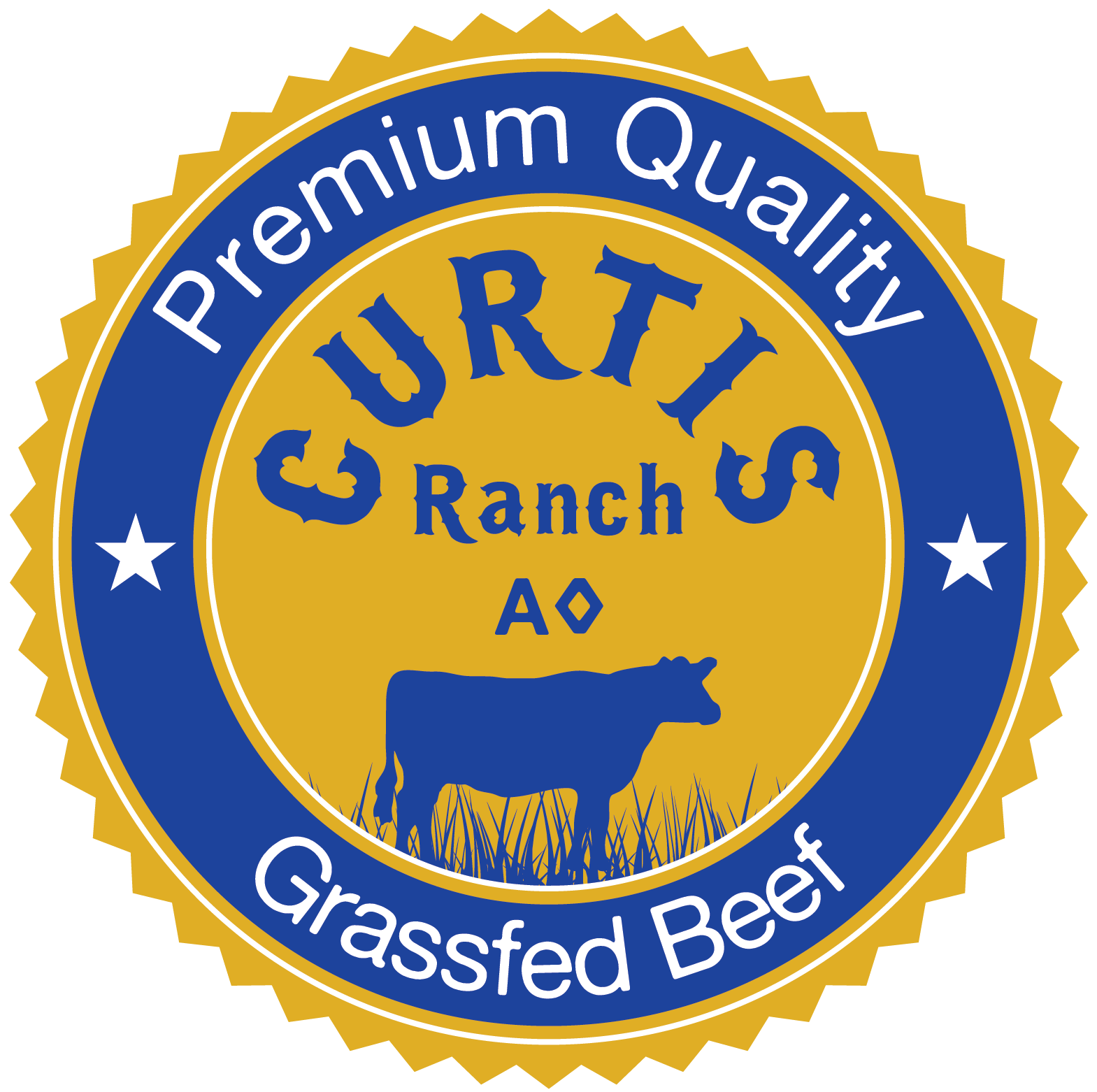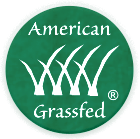Go Grassfed
Health Benefits
 nutrients, including antioxidants, vitamins, and a beneficial fat called Conjugated Linoleic Acid (
nutrients, including antioxidants, vitamins, and a beneficial fat called Conjugated Linoleic Acid ( CLA) which has been linked to improved immunity and anti-inflammation benefits. In addition, Grassfed Beef packs about 50% more omega-3 fatty acids than standard supermarket and grocery store beef. Grassfed Beef is also less likely to contain “
CLA) which has been linked to improved immunity and anti-inflammation benefits. In addition, Grassfed Beef packs about 50% more omega-3 fatty acids than standard supermarket and grocery store beef. Grassfed Beef is also less likely to contain “ superbugs”, bacteria that have become resistant to three or more classes of antibiotics, hence considered superior from a food safety perspective as well.
superbugs”, bacteria that have become resistant to three or more classes of antibiotics, hence considered superior from a food safety perspective as well.Farm-to-fork often incorporates a form of
 food traceability; "knowing where your food comes from", where the origin of the food is identified to consumers. If you can pinpoint where your food was grown and produced, you can make more informed decisions to maximize health benefits, quality, freshness, and nutritional value.
food traceability; "knowing where your food comes from", where the origin of the food is identified to consumers. If you can pinpoint where your food was grown and produced, you can make more informed decisions to maximize health benefits, quality, freshness, and nutritional value.
Environmental Benefits
As a Premium Quality Grassfed Beef producer we employ a sustainable approach to ranch management designed to enhance land, water, and air quality. At Curtis Ranch we use fewer energy-intensive inputs and by regularly moving animals to fresh pasture they spread manure more evenly which improves the quality and quantity of forage growth. The conservation efforts utilized by Curtis Ranch helps conserve soil, reduce erosion, maximize water efficiency, minimize water pollution, increase carbon sequestration, preserve biodiversity and wildlife (Johnson 2002, FAO 2009, Pelletier 2010). Natural grass production and well-managed grazing practices are better for beef productions as well as the environment. The reduction of fertilizer runoff into waterways, the use of natural compost, aerating pastures and rotational grazing helps build healthy, productive and water-conserving soils. These methods also enhance pest and weed resistance and ultimately foster greater resiliency in the face of extreme weather and climate change.




